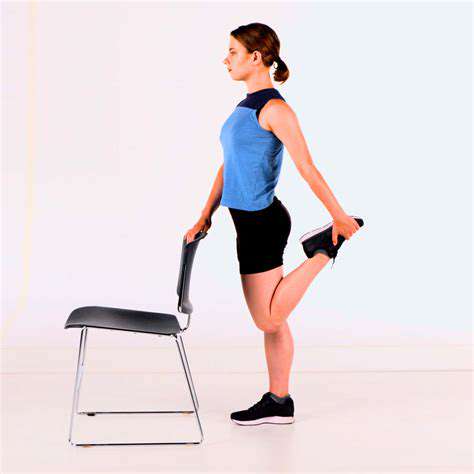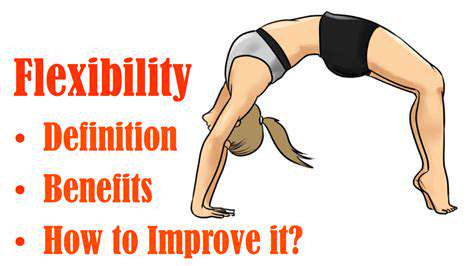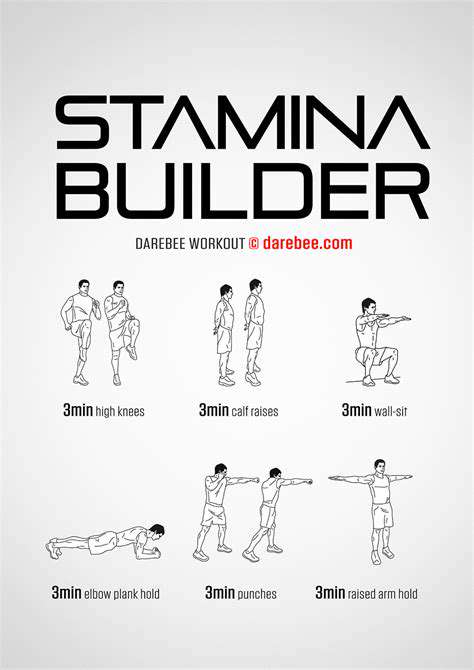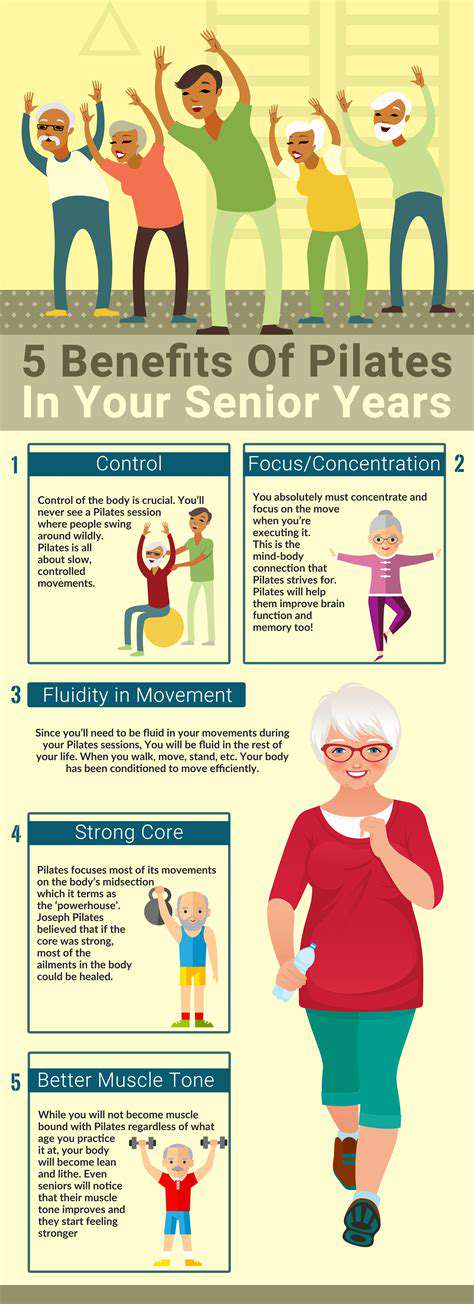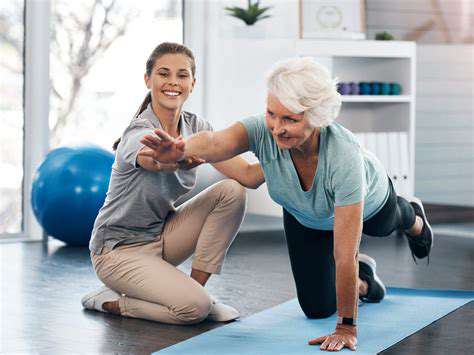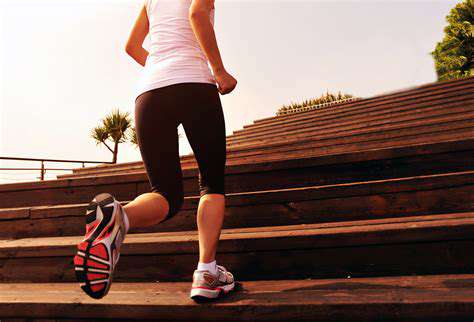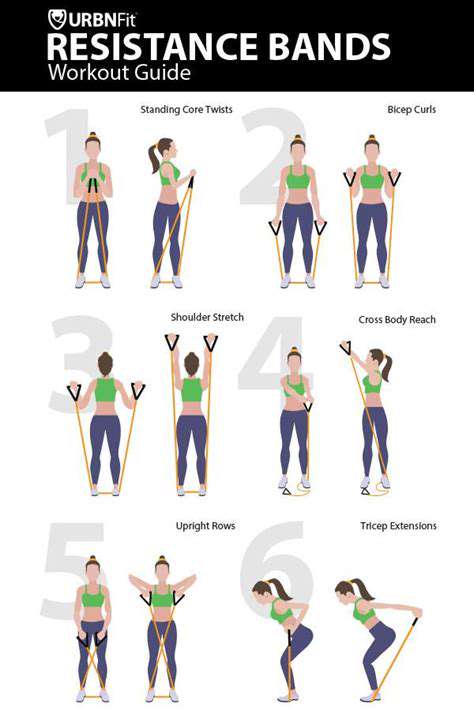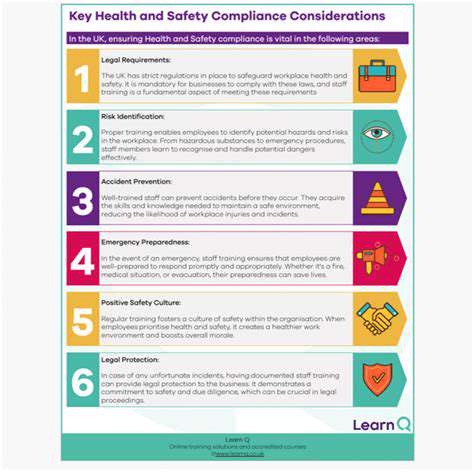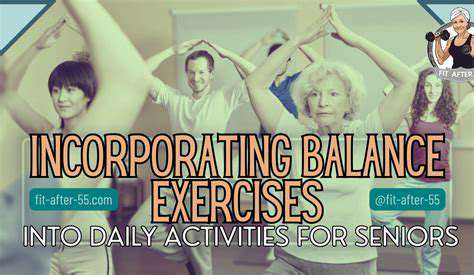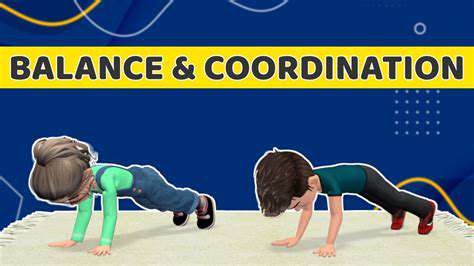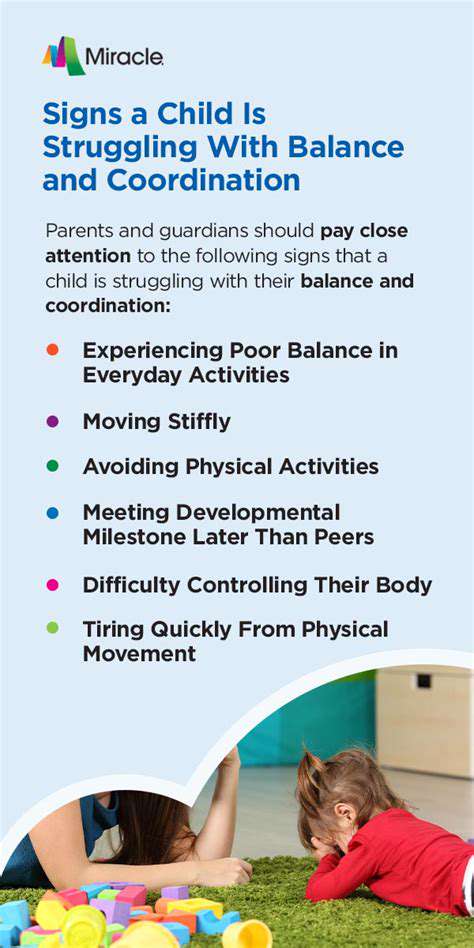How to Gradually Increase Your Walking Distance and Speed
Document baseline conditions thoroughly - time of day, weather, route difficulty. These factors significantly impact pace and should remain consistent during retesting to measure true improvement.
Implementing Incremental Speed Increases
Speed increases work best when applied strategically. Interval training proves more effective than uniform pace increases. Try inserting 30-second slightly faster bursts into your regular walk, gradually increasing their duration and frequency. This method builds speed endurance safely.
Terrain variation naturally develops speed control. Hills demand slower paces with greater effort, while flat sections allow for faster movement. This organic speed variation prevents overuse while building comprehensive fitness.
Understanding Rest and Recovery
Active recovery days prove more beneficial than complete rest for walkers. Light, leisurely walks on recovery days maintain mobility while allowing physiological adaptation. These sessions can focus on posture and technique rather than distance or speed.
Hydration and nutrition significantly impact recovery. Walkers often underestimate their fluid needs, especially in cooler weather. Proper electrolyte balance prevents muscle cramps that can hinder progress.
Incorporating Variety into Your Walking Routine
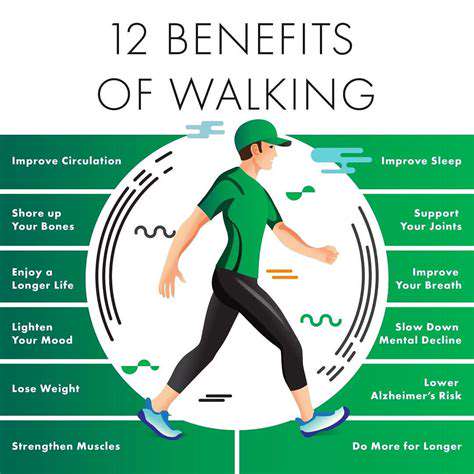
Adding Visual Interest
Route variation stimulates both body and mind. Novel environments engage different muscle groups as you adapt to varied surfaces and inclines. Urban walkers can explore different neighborhoods, while rural walkers might try forest trails versus country roads.
Seasonal changes offer natural variety. Spring walks focus on emerging flora, summer on shaded routes, autumn on colorful foliage, and winter on crisp air and different footing challenges. This cyclical approach prevents monotony while connecting you with natural rhythms.
Employing Different Walking Techniques
Technique variation enhances benefits. Try Nordic walking with poles to engage upper body, or practice mindful walking focusing on each step's sensation. Changing your arm swing pattern (sometimes vigorous, sometimes relaxed) alters the workout intensity.
Walking backwards (in safe environments) improves balance and works different muscle groups. These variations prevent overuse injuries while providing comprehensive fitness benefits.
Tracking Your Progress and Staying Motivated
Understanding Your Baseline
Comprehensive baseline assessment includes more than distance and speed. Note morning energy levels, joint comfort, and sleep quality - all indicators walking impacts. These qualitative measures often show improvement before quantitative ones, providing early motivation.
Photographic documentation offers powerful visual feedback. Monthly photos showing posture improvement or weight changes provide tangible evidence of progress that numbers alone can't convey.
Setting Process-Oriented Goals
Outcome goals (like weight targets) often discourage, while process goals (weekly walk frequency) empower. Focus on controllable actions rather than unpredictable results. For example, commit to walking every morning regardless of duration, letting natural progression occur.
Seasonal goal adjustment respects natural energy fluctuations. Winter goals might focus on consistency despite weather, while summer goals could emphasize distance or speed.
Building a Support System
Accountability partners needn't be walkers themselves. Regular check-ins with any supportive person significantly improve adherence. Some find online walking communities provide flexible support without scheduling challenges.
Professional guidance enhances motivation. Occasional sessions with a physical therapist or walking coach provide technique feedback and renewed enthusiasm. Many recreation departments offer affordable walking clinics.
